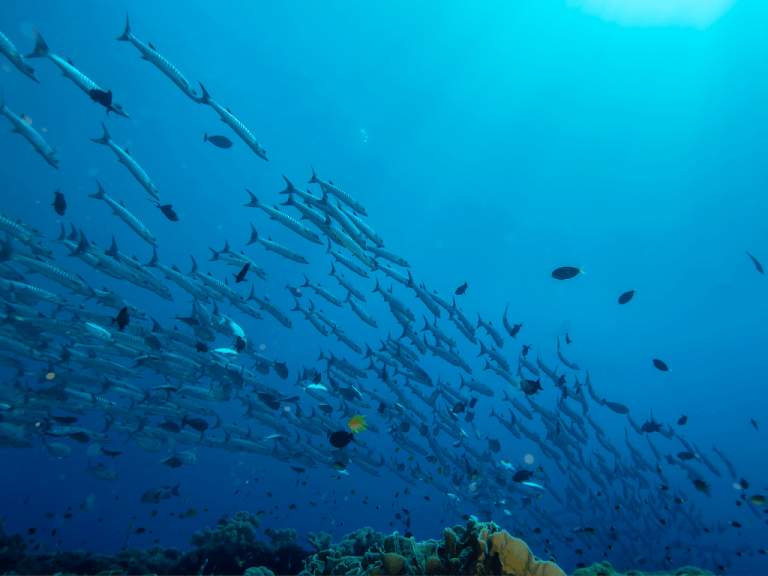In winter, we cannot often eat fresh yellow croaker; similarly, in summer, we cannot often eat fresh hairtail fish. This is because it is difficult to catch them during those seasons. Do you know the reason behind this?
It turns out that fishermen catch fish in the ocean based on the migratory patterns of the fish during certain periods. In winter, there are no yellow croakers migrating along the Chinese coast, so we can’t get fresh yellow croaker; in summer, there are no hairtail fish migrating along the coast, so we can’t get fresh hairtail fish.
So, why do fish have such migrations?
The reasons for migration vary among different species of fish. Generally, they can be classified into the following categories:
First, fish have a certain range of temperature adaptability. Being cold-blooded animals, fish have a weak ability to withstand temperature changes. When the sea temperature rises or falls, they have to move to places with suitable temperatures. However, the sea water in the ocean often flows in specific routes and directions. For example, along the Chinese coast, there are two opposing currents: one is a dark current flowing from south to north, and the other is a cold current flowing from north to south. These two currents have unequal flow strengths in different seasons, causing the sea temperature to change with the seasons. For instance, the suitable water temperature for cod is 2°-10°C, so they migrate north in spring and summer and south in autumn and winter. This seasonal migration of fish in groups is called “seasonal migration” by ichthyologists.
Second, during the breeding season, besides suitable water temperatures, some fish also need to choose areas with abundant food, fewer natural enemies, and suitable places for their fry to develop to spawn. This collective migration to leave their original habitat to spawn usually has specific timing and purpose. Some migrate from the ocean to rivers to spawn, such as shad and anchovy; some migrate from deep sea to shallow sea; some migrate from the open sea to the coast, like small yellow croaker which migrates from the East China Sea to the Yellow Sea and Bohai Sea in spring and summer to spawn. There are also freshwater fish like eel that migrate from freshwater rivers to the deep sea to spawn, while fish like black carp, grass carp, silver carp, and bighead carp migrate to the upper reaches of rivers to spawn because the rapid water flow and rich oxygen there are very beneficial for egg hatching. The group spawning during reproduction also increases the fertilization rate. This type of migration is called “reproductive migration.”
Third, the food of fish mainly consists of plankton. However, plankton growth varies with differences in water flow, temperature, salinity, and nutrient content in the ocean, being abundant in some places and scarce in others. This results in uneven distribution of fish food, so some fish often migrate in groups to areas rich in food during certain periods. For example, in spring when the water temperature rises, most fish migrate from the deep sea to the coastal bays where plankton is abundant; in summer, when the shallow sea water temperature rises, they migrate back to the deep sea. This collective movement in search of food is called “feeding migration.”
Due to these migratory behaviors, and the fixed routes, timing, directions, and destinations of these migrations, the supply of fish also exhibits certain seasonality.

